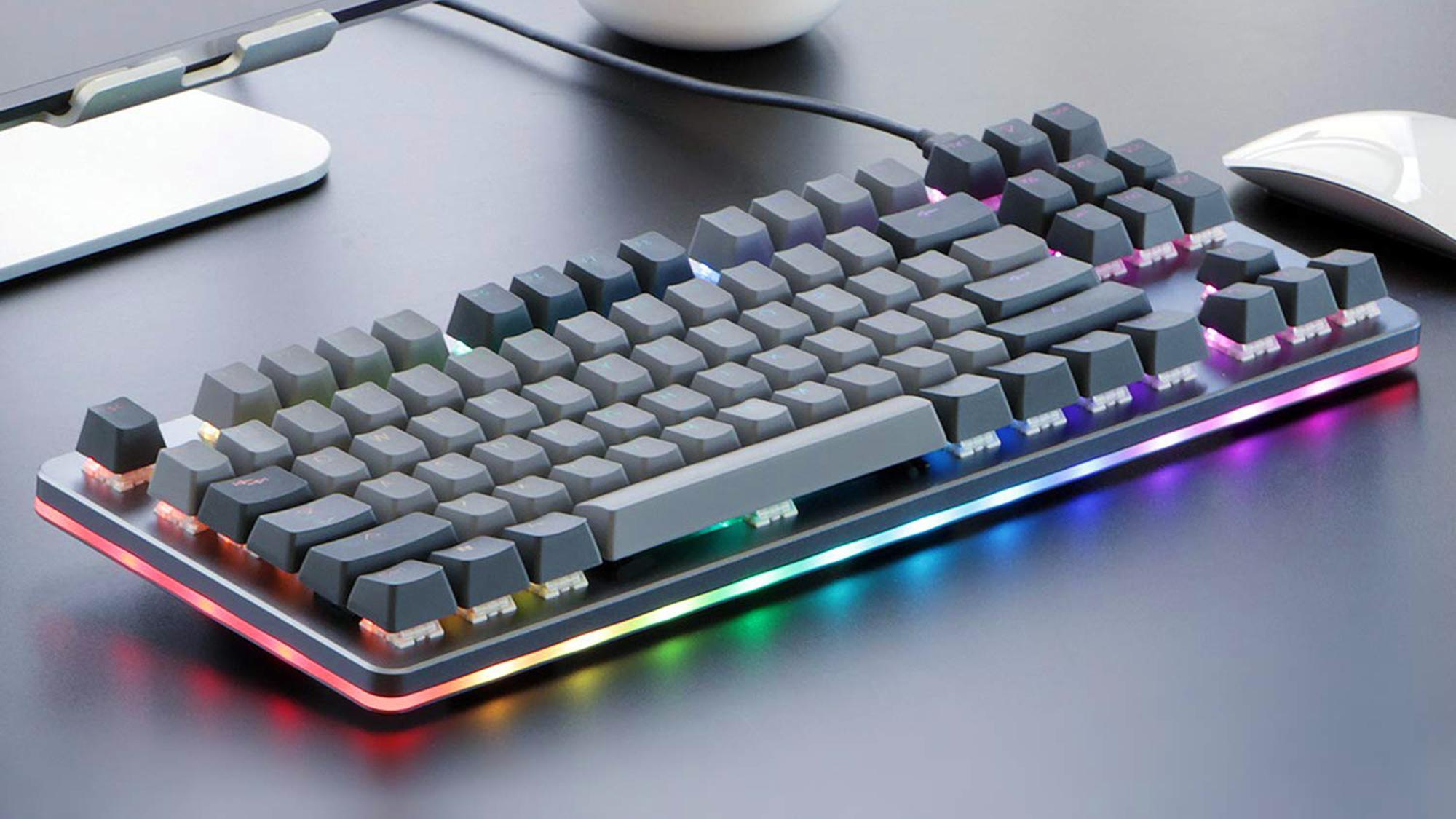Introduction
The keyboard is one of the most fundamental and essential input devices used with computers and other digital devices. Ever since the personal computer revolution in the late 1970s, the keyboard has served as a primary means for users to communicate and enter text, commands and other data into computers. In this article, we will explore the history and evolution of the computer keyboard, its basic components and layouts, and discuss how keyboards continue enabling human-computer interaction in the digital age.
A Brief History of Computer Keyboards
The earliest computer keyboards date back to the 1960s and were built for mainframe computers that filled entire rooms. These early keyboards had large unwieldy keys and limited functionality. However, they established the basic QWERTY layout still used today.
In the 1970s, the arrival of personal computers brought about the need for smaller, more affordable keyboards. The first PC keyboards resembled typewriter keyboards of the time but featured function keys along the top and printed circuit boards instead of mechanical components. Basic membrane keyboards soon became the standard through the 80s and 90s as PCs grew in popularity.
Advancements in the late 90s led to slimmer keyboard designs using new materials like plastic. Additional keys were added for media controls, internet browsing and more. Ergonomic keyboard designs also started appearing to reduce strain on hands and wrists during long typing sessions. Wireless connectivity debuted in laptops and soon after for desktop keyboards as well.
Today, computer keyboards continue advancing with backlit keys, customizable macro keys, intuitive touchpads and other innovative features. New materials like metal and glass also provide premium looks and feel. Meanwhile, alternative keyboard formats are gaining ground like those optimized for gaming, coding and data entry tasks.
Basic Keyboard Components and Layout
At its core, a modern Computer Keyboards contains a printed circuit board, a plastic or metal chassis and a rubber or silicone membrane beneath the keys. When a key is pressed, it makes contact points on the membrane, which sends a signal through the PCB to identify the keystroke.
The ubiquitous QWERTY layout still dominates standard keyboards and places the most common English letters on the home row for efficient touch typing. The top row also houses numbers and commonly used symbols. Additional rows provide functions keys and navigation clusters.
Laptop and portable keyboards feature a condensed format due to size constraints. They may have smaller or rearranged keys but maintain the general QWERTY layout. Alternate keyboard types can include different layouts optimized for languages other than English as well.
Specialized Keyboards for Various Needs
While the standard format addresses most general use cases, specialty keyboards have gained popularity among certain user groups with customized layouts and enhanced features:
- Gaming Keyboards: Higher quality construction, programmable macro keys, customizable backlighting and ergonomic designs catering to gamers.
- Ergonomic Keyboards: Split, vertical, wedge and other ergonomic designs aim to reduce strain on hands, arms and back during long work sessions.
- Mechanical Keyboards: Using mechanical keyswitches instead of membranes, they offer satisfying tactile feedback preferred by typists and coders.
- Numeric Keypads: External number pads for data entry, spreadsheets and other applications requiring heavy number input.
- Portable Keyboards: Ultra-slim, portable keyboards optimized for use with phones, tablets and smaller laptops. Keyboard covers and detachables are popular.
- Alternative Layouts: Dvorak, Colemak and other specialized formats provide alternatives to the conventional QWERTY layout.
- Language-Specific: Keyboards tailored to the letters and characters of other languages like Japanese, Arabic, Cyrillic and more.
The Past, Present and Future of Computer Keyboards
From the earliest electromechanical key-based terminals to today's richly diverse keyboards optimized for gaming, ergonomics and more, the computer keyboard has truly come a long way. It remains one of the most fundamental technologies enabling widespread use of personal computers for education, work and leisure.
Looking ahead, further innovations will refine existing keyboard technologies, develop new input methods applying voice, gestures and biometrics, integrate with advancing display designs and adapt to new form factors in innovative devices. However, the multi-decade old QWERTY keyboard seems poised to remain the predominant standard interface for decades to come. Overall, computer keyboards will likely continue powering human-computer interaction and creative expression well into the digital future.
Get more insights, On Computer Keyboard
